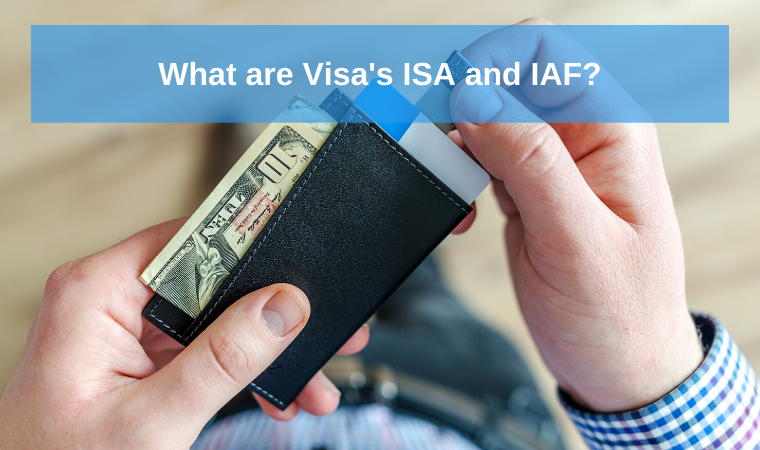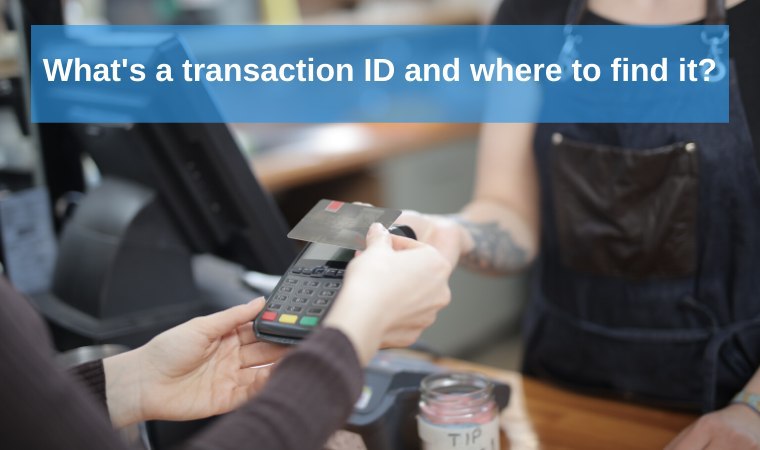Card authorization
Card authorization is a procedure of issuing a carrying out bank card operations permission. An issuing bank is the one that emits such permission. Some of the most common areas of usage are ATMs in a retail store or online.
At the moment of an authorization a technical device, which works with a card, sends a request in a bank processing center and in the case of success, receives an alphanumeric authorization code that allows to withdraw or deposit money.
The procedure of identification and checking a cardholders’ rights may vary in different bank terminals. An ATM always requests a PIN of a user while POS-terminals request PIN only for cards with a chip. Again, online payment gateways require a security code.
Nowadays, each bank card authorization is provided online, but earlier, at the age of imprinters, voice authorization has taken place. The purpose was to increase the permissible limit for banking operations. In this case, a call from the store to the bank confirmed the charge off.
Every authorization made leaves a trace – a code that is stored in the terminal memory is printed on a sales receipt or a receipt from an ATM. This code is unique and helps you track every authorization — where, by whom, and when it was authorized — to have an opportunity to solve disputes.


